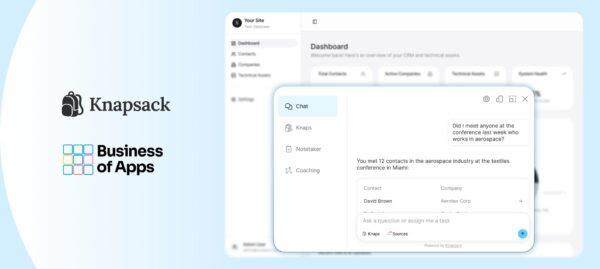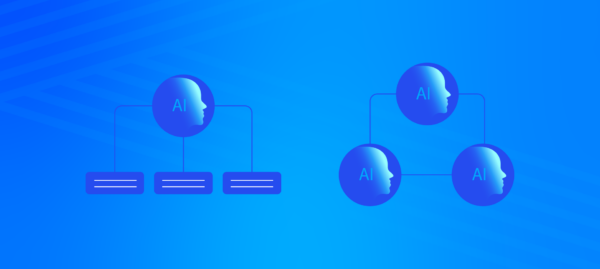AI Use Cases & Applications: How Businesses Are Leveraging AI
Bruna Gomes | Nov 19, 2025

Companies that integrate AI solutions into their operations often grapple with a strategic dilemma:
Investing in a highly specialized model through fine-tuning or embracing the flexibility of retrieval-augmented generation (RAG) for dynamic information access.
Each approach presents unique advantages and challenges, and making the wrong choice can result in wasted resources or suboptimal performance.
Fine-tuning involves training a pre-trained model on a specialized dataset to adapt it to a specific task or domain.
This process embeds domain knowledge directly into the model’s parameters, enabling it to master niche terminology and patterns.

RAG enhances models by retrieving relevant documents from an external knowledge base during inference. This allows LLMs to integrate real-time or domain-specific data without retraining.

RAG works by converting documents into vector embeddings that capture their semantic meaning. These embeddings are stored in specialized vector databases like Pinecone, Weaviate, or Qdrant.
When a query is received, it’s also converted to an embedding and used to search for similar documents in the database. The retrieved documents are then provided as context to the LLM to generate a response.
Key components include:
Traditional fine-tuning updates all model parameters, which is computationally expensive. However, newer parameter-efficient fine-tuning techniques significantly reduce these costs:
These approaches have made fine-tuning more accessible, though they still require curated training data and technical expertise.
The economic trade-off between these approaches can be visualized as follows:


While combining RAG and fine-tuning seems appealing, it often underperforms due to conflicting objectives. If attempted:
As models continue to grow in size (from billions to trillions of parameters), the cost advantage of RAG becomes even more significant.
The emergence of multimodal models (handling text, images, audio) further complicates fine-tuning approaches, while RAG can more easily adapt by incorporating different media types into its knowledge base.
Open-source models are making fine-tuning more accessible, while vector database technology is rapidly improving the performance of RAG systems.
These parallel developments suggest both approaches will continue to evolve, with specialized use cases for each.
Conclusion
For enterprises, justifying the high costs of fine-tuning – both financial and operational (retraining for updates) – is increasingly challenging as RAG and prompt engineering emerge as scalable, cost-effective alternatives.
RAG’s Cost Efficiency:
Prompt Engineering as a Low-Cost Alternative:
When Fine-Tuning Might Still Be Justified:
However, for most enterprise use cases – customer support, market analysis, internal knowledge bases – RAG with prompt engineering delivers comparable performance to fine-tuning while aligning with budget and scalability goals.
For most non-experts, RAG with system prompts (e.g., “You are an expert in…”) offers the best balance of accuracy, cost, and accessibility. Fine-tuning remains a powerful but niche tool for deep customization.
References:



